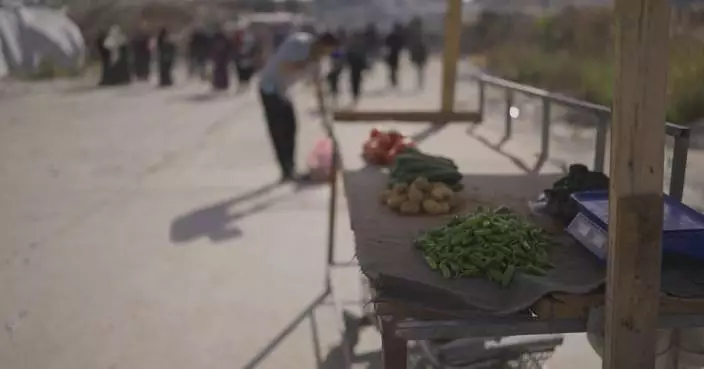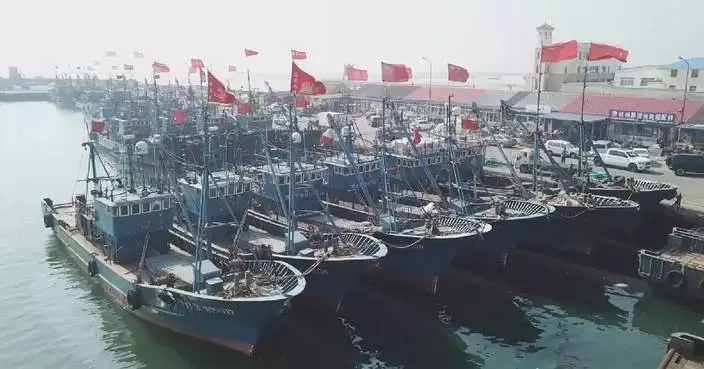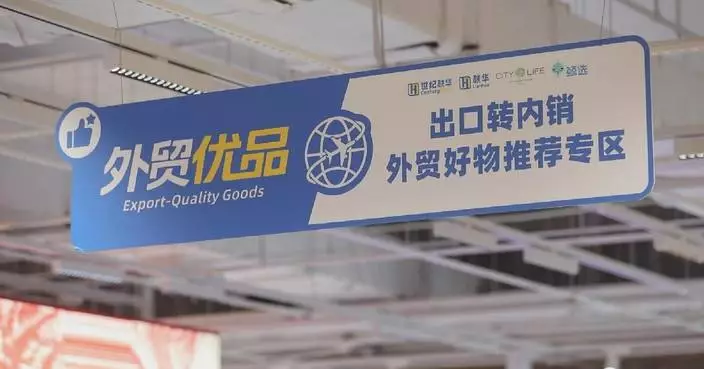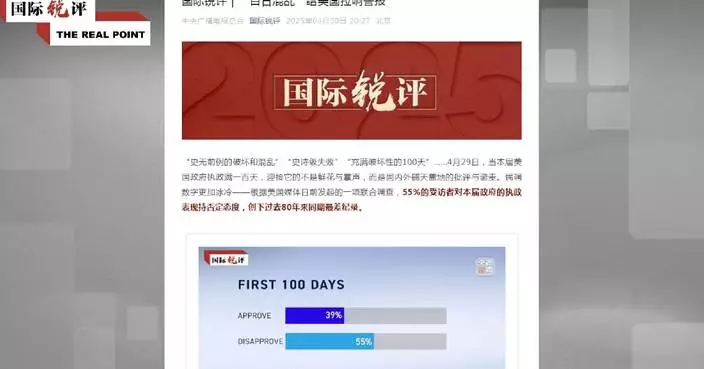China's first rail-air freight train to Europe arrived in Urumqi City, northwest China's Xinjiang Uygur Autonomous Region, on Monday for cargo transfer, after departing from Guangzhou International Port in the Greater Bay Area on Friday.
The inaugural train carried a range of e-commerce goods, including small appliances, daily chemicals, and apparel, completing a 66-hour journey to Sanping Railway Station in Urumqi. Upon arrival, the cargo was swiftly transferred to Urumqi Airport for airfreight to European destinations.
This innovative logistics model drastically reduces transit times, ensuring goods reach their final destination in under a week, two-thirds faster than traditional all-rail routes, which typically take 15 to 20 days.
"The launch of this train will offer import and export companies a more economical, efficient and flexible transportation option. Unlike road transport, it is unaffected by weather and other factors, improving transportation efficiency by over 15 percent. It is estimated that the logistics costs will be reduced by more than 10 million yuan (about 1.37 million U.S. dollars) each year," said Liu Yang, a logistic service official at Urumqi.
The train meets the urgent order requirements of import and export companies and provides a strong support for the stable supply of goods in cross-border e-commerce.
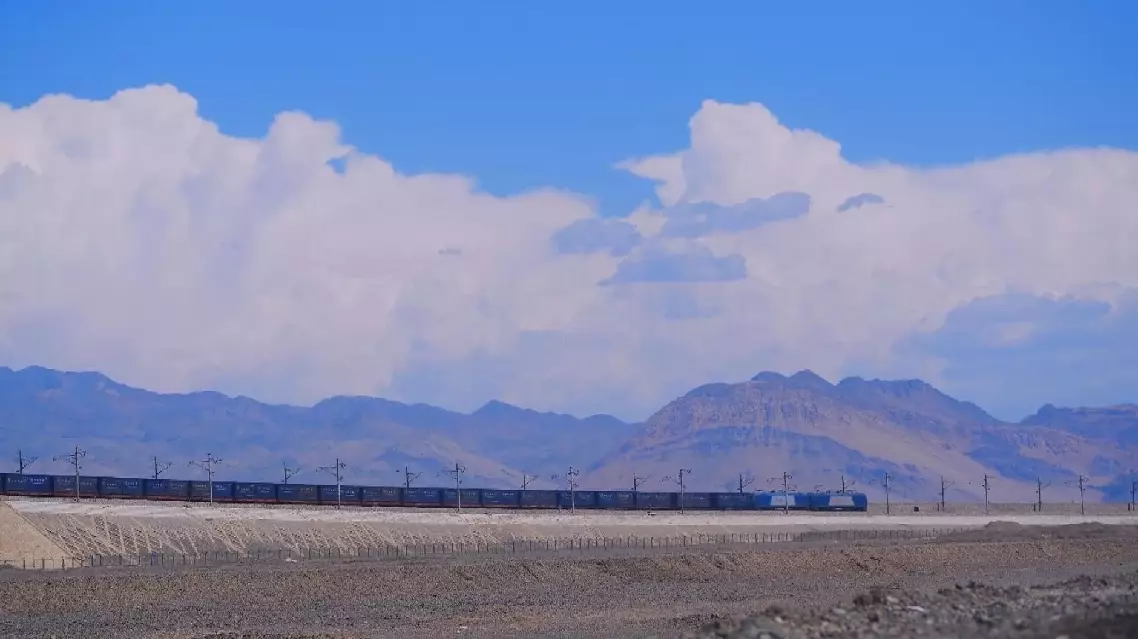
China's first rail-air freight train to Europe arrives Urumqi for cargo transfer
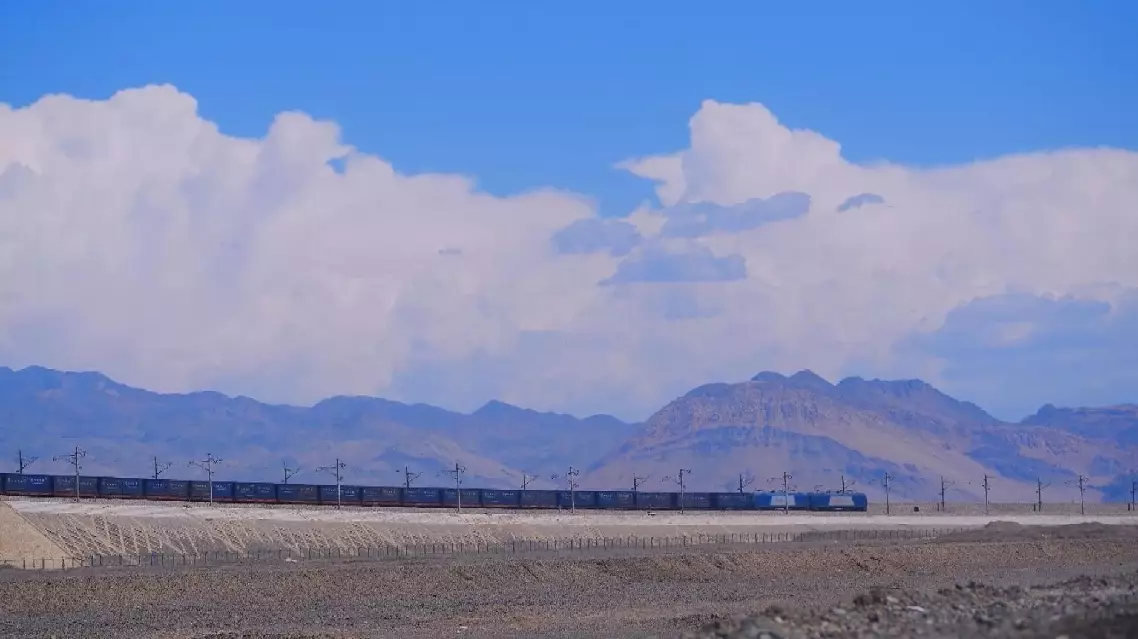
China's first rail-air freight train to Europe arrives Urumqi for cargo transfer
A Chinese medical team is intensifying disease prevention efforts in Myanmar's Mandalay, to curb outbreak risks after a 7.9-magnitude earthquake struck the country in March.
Mandalay is among the hardest-hit regions and faces compounding crises including disrupted water supplies, overcrowded shelters, and degraded sanitation systems. Equipped with emergency medical supplies and equipment, the Chinese team with experts from the National Disease Control and Prevention Administration and the Center for Disease Control and Prevention, focuses on mitigating disease risks in quake-affected regions.
The 50-member team has conducted the second round of investigations at four shelter sites in the city. Their work includes mosquito-borne disease surveillance, environmental sampling, disinfection training, and post-disaster mental health support for survivors.
"Our epidemic prevention team has conducted monitoring and assessment of vector-borne organisms at each shelter site, and carried out environmental disinfection based on the monitoring findings to reduce vector density and thus minimize the risk of vector-borne diseases. We have also conducted regular monitoring of drinking water samples and sewage systems to identify signs of waterborne disease outbreaks early, enabling timely and effective intervention," said Chen Lei, deputy director of the National Disease Control and Prevention Administration's emergency response department and leader of the medical team. The Chinese medical tea has established collaboration mechanisms with Mandalay's provincial government and health department, providing specialized training to local medical personnel to enhance long-term resilience.
"We are very graceful to have the opportunity to participate in such technical training, where we have learned more professional knowledge beyond our regular work, understood what action we should take in such disasters, and what international standards and experiences are. To share such knowledge is very helpful for us to improve and make progress," said Thura Aung, a medical worker in Mandalay's Chanmyathazi Township.
The earthquake struck Myanmar on March 28, claiming nearly 3,800 lives and injuring more than 5,000 people, with 129 others still unaccounted for as of April 18, according to official data.
The team's deployment is part of China's ongoing post-disaster relief mission. Its trip marks China's second health and epidemic prevention aid mission to Myanmar. The first team returned on April 6 after a nine-day deployment.
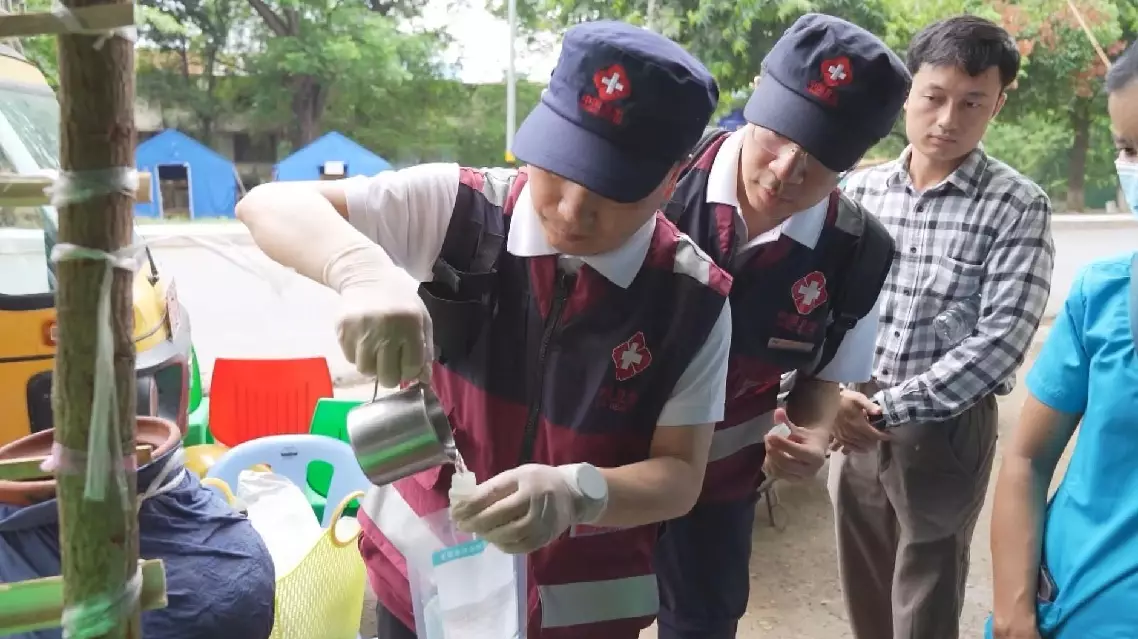
Chinese medical team bolsters post-quake disease control in Mandalay








